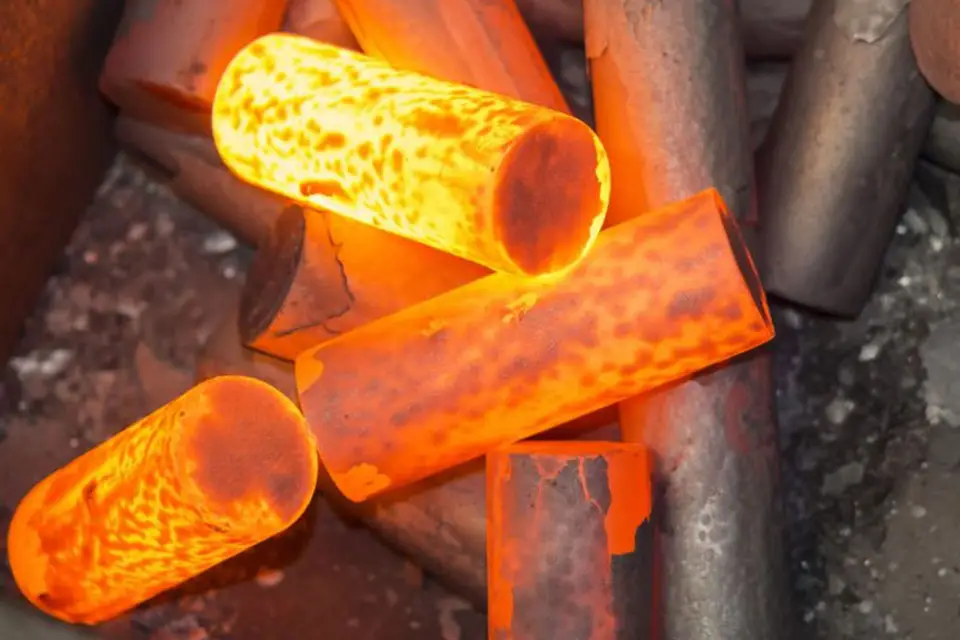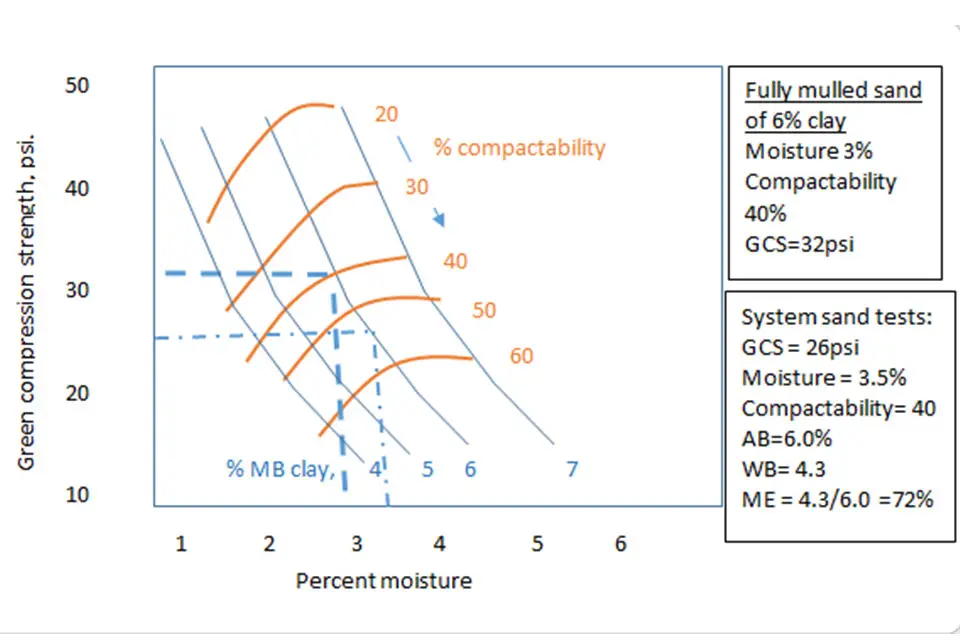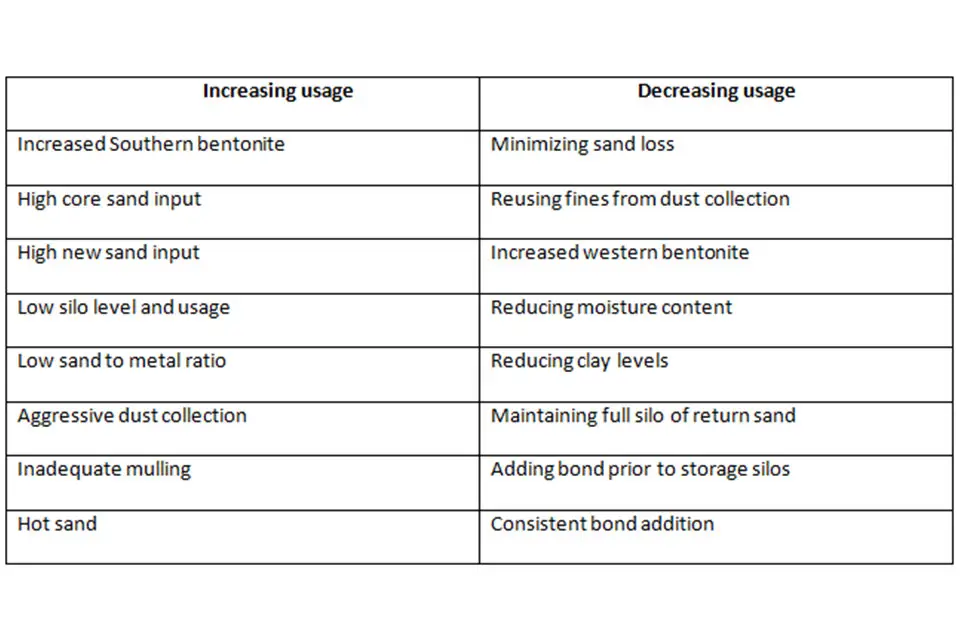The process of forging produces some of the strongest manufactured components as compared to other metal manufacturing process, making it so important in the metal manufacturing industry. Forging does not change the grain structure of the metal as it is formed, making it all the more innovative. It is the process of shaping metals into desired dimensions by using compressive forces applied through various tools.
There are different processes and technologies used in forging to produce a wide variety of formed shapes. There are forging methods related to the temperature of the work piece—cold forging, warm forging, and hot forging—and then there are methods related to the arrangements of dies, such as open die forging and closed die forging.
Some of the most popular methods are as follows:
Hot forging
Hot forging is the most widely used method which is done at temperatures above the recrystallization temperature of the metal. Recrystallization temperature is the temperature at which new grains are formed in a metal. High temperatures are required in this process to avoid strain hardening of the metal during deformation.
Closed-die forging
Closed-die forging is a type of impression-die forging in which the material is fully constrained in a cavity created by the upper and lower die halves. Because the dies are closed, the result is more accurately shaped parts. But to achieve this, high interface pressures are required, along with very precise control of material volume and die design.
The global forging market is anticipated to grow at a steady rate, and will post a compound annual growth rate of more than 5% during 2017-2021. For this reason, the future looks bright for companies in the forging industry.
For more information, THORS has a suite of forging industry courses which can help you brush up on the fundamentals.



